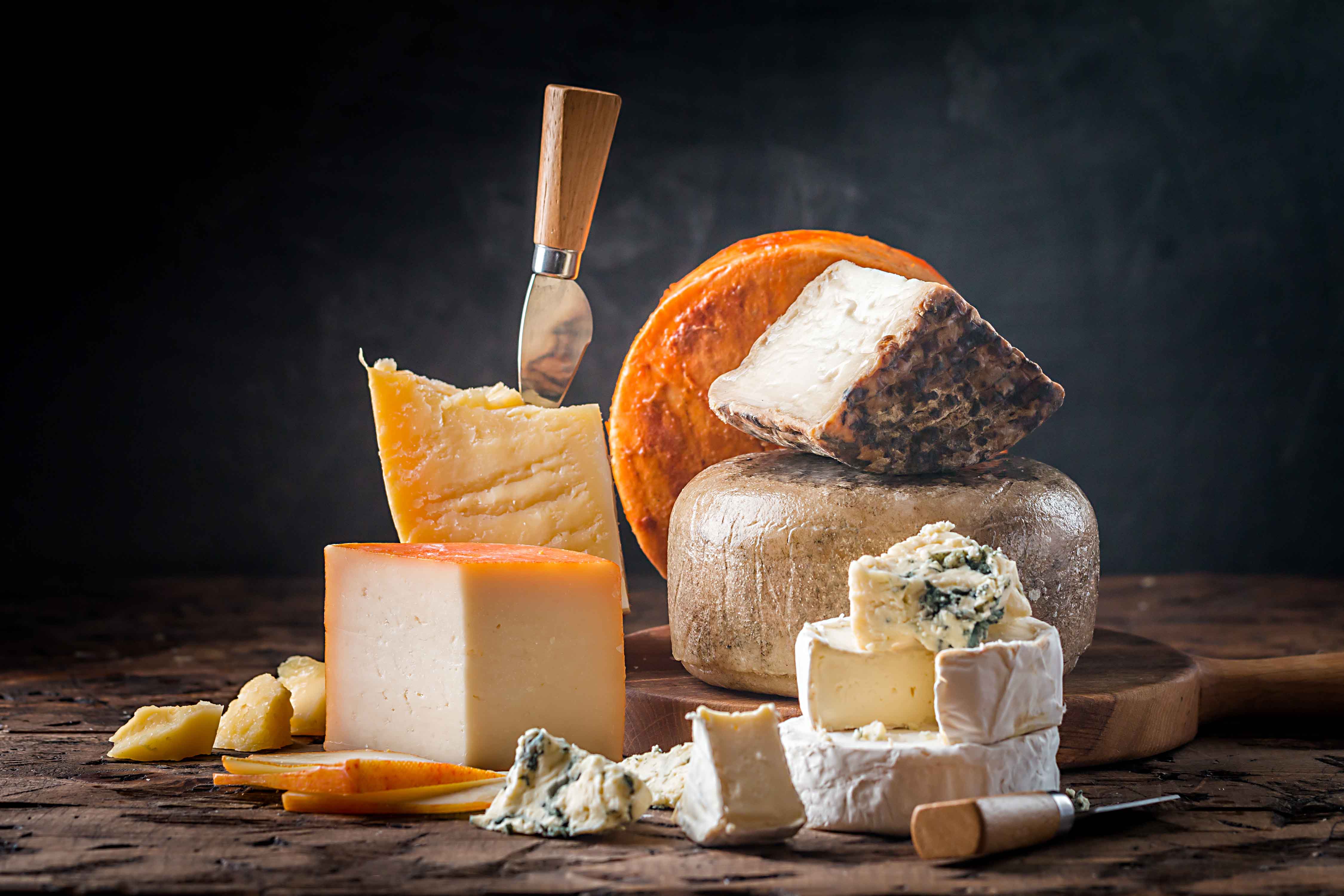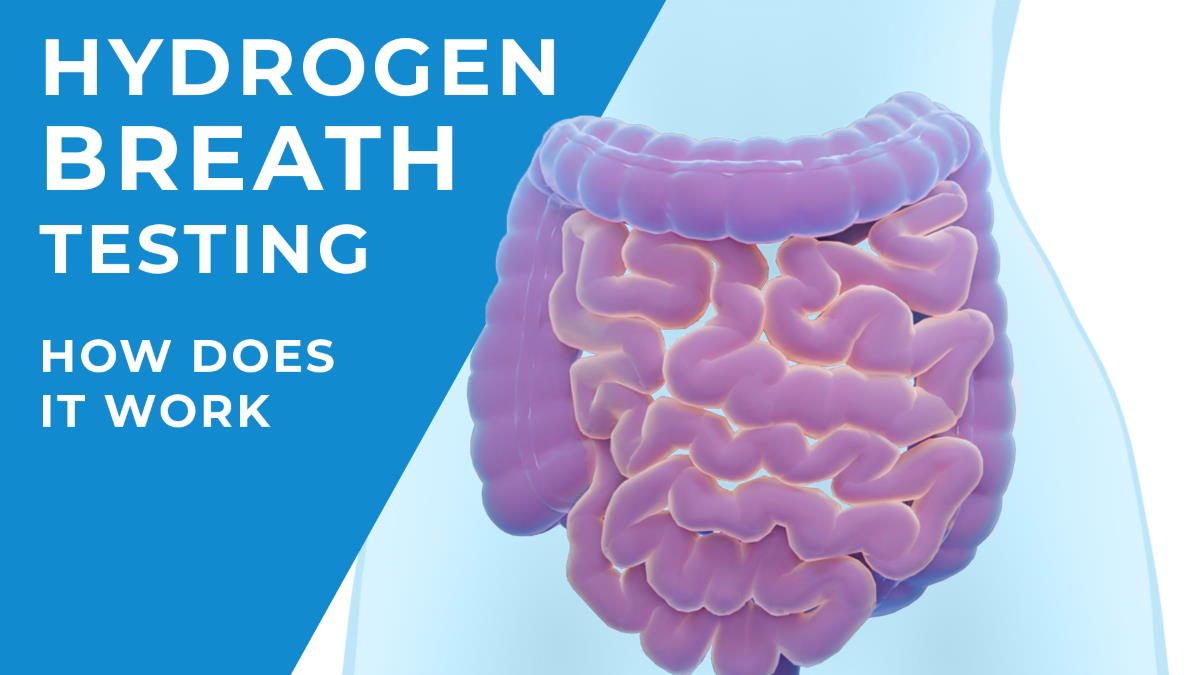The writer Clifton Fadiman described cheese as “milk’s leap toward immortality”. While that may be overstating it a bit, we here at FoodMarble really love cheese. We’re not alone in this regard, there are almost 2,000 different types of cheese in the world (with France alone accounting for somewhere between 1,000 and 1,600 of these!). The reason for this diversity of dairy is all down to the cheese making process. In this blog I’d like to talk a little bit about how this process affects the flavour, nutritional value and FODMAP content of cheese. I also have a great recipe for a cheesy low FODMAP aubergine parmigiana up on the blog!
Why does cheese taste so good?
People have been making cheese for thousands of years and the fundamental recipe hasn’t changed: milk, enzymes that curdle the milk and microbes that acidify and flavour the milk. The other key factor is time. Over time the enzymes and microbes break down the milk proteins and fats into a diverse variety of flavour compounds.
Casein proteins are first broken into smaller pieces called peptides. These are in turn converted into the 20 distinct building blocks of all proteins, the amino acids. These can impart a sweet or savoury flavour, depending on the ratios. The amino acids can be fragmented further still into amines. When isolated, these compounds can smell of ammonia, sulphur or even fish! I know that doesn’t sound particularly appealing, but trace amounts of these compounds are what give aged cheese its complex flavour.
Similarly, the fats in milk can be broken down into smaller molecules known as fatty acids. The microbes that are added to blue cheese create fatty acids that have a characteristic peppery aroma. The copper lined vessels that are used in the making of parmesan and some Swiss cheeses can damage milk fat molecules directly, creating some of the fatty acids that give those cheeses their characteristic flavours.

But is cheese good for you?
As cheese is essentially concentrated milk, it is a naturally nutrient dense food. It is a key source of protein, calcium and vitamin D in the western diet. One caveat when it comes to cheese and nutrition is its saturated fat content. Most of the fat in dairy is saturated, and dietary saturated fat is associated with increased LDL or “bad” cholesterol. This has led to most healthy eating guidelines recommending low-fat dairy.
Recent research has led to a slightly more nuanced view. In a study conducted by Irish researchers it was shown that those incorporating full-fat cheese into their diet lowered their total and LDL cholesterol more than those consuming the same amount of dairy fat in butter or low-fat cheese. The researchers suggest that this may be due to something called the “dairy matrix”. This sounds like a cheese-based science fiction film, but it simply means that the way the proteins are arranged in the cheese may affect the way in which the nutrients are absorbed.
Just as the activity of enzymes and microbes enhance the flavour of cheese, the resulting fragments of fats and proteins may also enhance the nutritional quality of cheese. Various studies have shown that these biologically active compounds may have antioxidant (prevents cellular damage), anti-inflammatory and even opioid (pain relief) activities!
Can I eat cheese if I have lactose intolerance?
Often, one of the first steps taken by those who suspect they have lactose intolerance or malabsorption is to eliminate all dairy from their diet. This may not be necessary when it comes to cheese. Happily, those friendly microbes (particularly lactic acid bacteria) convert the lactose in milk into organic acids, making it quite tolerable by people with lactose intolerance. This process continues as the cheese ages, so more aged cheeses tend to have less lactose. One cup of milk can contain approximately 13 grams of lactose, while 50 grams of parmesan cheese could contain as little as 0.08 grams of lactose.
To find out more about lactose check out this blog by Ricky. You can also use your FoodMarble AIRE to find out how well you can digest lactose; to find out how check out this blog by Claire.
Reference
‘McGee on Food & Cooking: An encyclopedia of kitchen science, history and culture’, Harold McGee.
FoodMarble AIRE is the world’s first personal hydrogen breath tester. It is a pocket-sized breath analysis device. It helps people with chronic digestive issues determine the foods that work best with their digestive system.
Read user reviews of FoodMarble AIRE on Trustpilot
To learn more about FoodMarble, visit foodmarble.com or follow us on our social media channels




